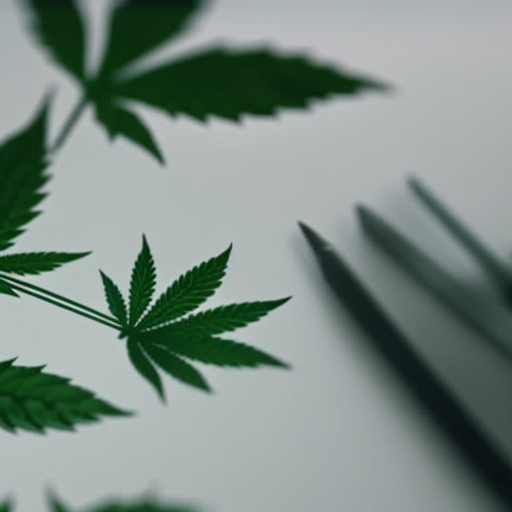 A recent analysis conducted by researchers at the National Institute of Standards and Technology (NIST) has shed light on the prevalence of smokable hemp products containing levels of THC that exceed the legally permissible limit. The study, published in the journal Forensic Chemistry, examined 53 samples from five commercial manufacturers and found that approximately 93 percent of them contained more than 0.3 percent THC, thereby categorizing them as illegal marijuana rather than legal hemp under the 2018 Farm Bill.
A recent analysis conducted by researchers at the National Institute of Standards and Technology (NIST) has shed light on the prevalence of smokable hemp products containing levels of THC that exceed the legally permissible limit. The study, published in the journal Forensic Chemistry, examined 53 samples from five commercial manufacturers and found that approximately 93 percent of them contained more than 0.3 percent THC, thereby categorizing them as illegal marijuana rather than legal hemp under the 2018 Farm Bill.
The Farm Bill stipulates that cannabis products must contain less than 0.3 percent THC to be classified as hemp, while those with higher THC levels are classified as Schedule I controlled substances. This demarcation is crucial for law enforcement officials in determining whether seized cannabis products are legal or illicit.
The analysis conducted by NIST and the State University of New York (SUNY) Albany focused on various cannabinoids present in the smokable hemp products, including delta-8 THC, delta-9 THC, THC-A, and total delta-9 THC. Despite being marketed as hemp with THC levels below the federal limit, a significant majority of the samples analyzed by NIST were found to exceed the legal threshold.
The discrepancy between the reported THC levels on product labels and online documentation and the actual measurements taken by NIST highlights a concerning lack of accuracy in testing methodologies and product information provided by manufacturers. Inconsistencies in testing methods, sample homogeneity, batch-to-batch variability, and storage conditions may all contribute to discrepancies between reported and measured THC levels.
The exponential growth of the hemp industry following the passage of the 2018 Farm Bill has raised concerns about the regulation and oversight of hemp-derived products. The USDA estimated that hemp production in the United States was valued at $824 million in 2021, with a majority of production consisting of floral hemp, including smokable varieties. These products are often available for purchase online or in retail stores without stringent age restrictions.
The study underscores the importance of accurate analytical measurements, batch homogeneity assessments, appropriate storage conditions, and updated product information to ensure compliance with federal regulations. The need for reference materials in the cannabis industry to establish measurement accuracy is also highlighted as a critical area for improvement.
In response to challenges posed by hemp legalization, federal agencies such as CBP and DEA have sought advanced analytical tools to differentiate between marijuana and hemp based on their cannabinoid profiles. State-level initiatives have also been implemented to address issues related to lab shopping by cannabis manufacturers and discrepancies in reported THC potency on product labels.
As researchers continue to explore methods for distinguishing between marijuana and hemp based on THC content, ongoing efforts to streamline testing procedures and enhance regulatory oversight will be essential to ensuring consumer safety and compliance with federal laws. The findings of this study underscore the need for standardized testing protocols, accurate labeling practices, and robust quality control measures within the burgeoning hemp industry.

